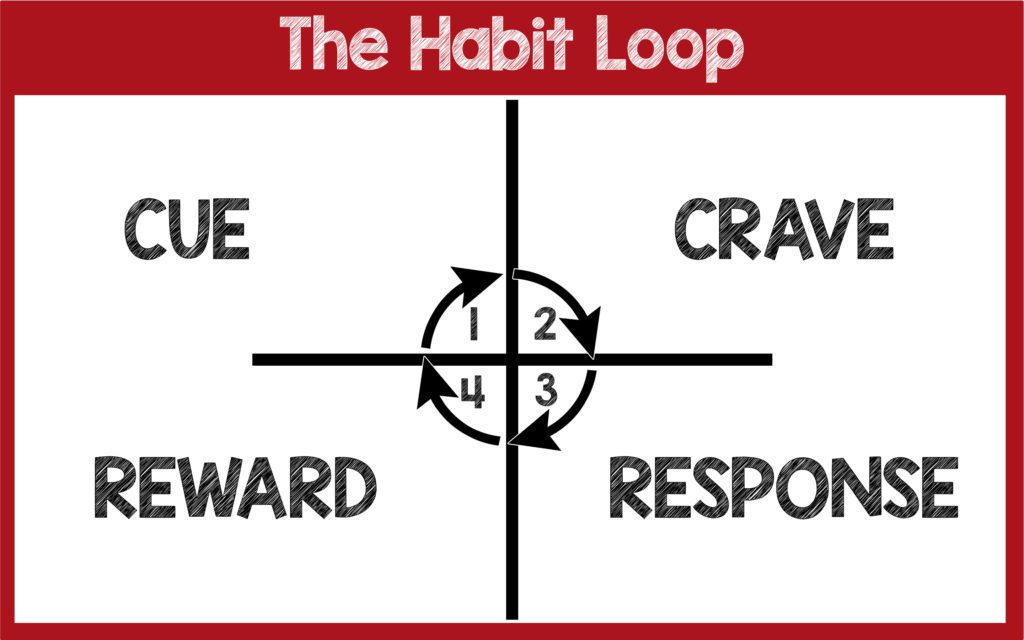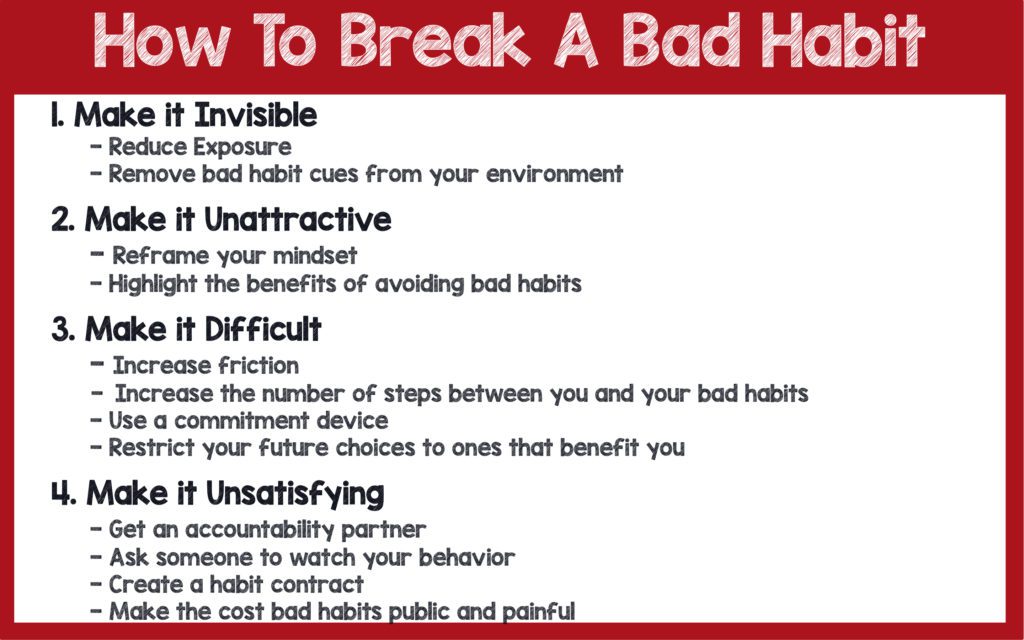
 I have an addiction! The first step towards recovery is admitting you have a problem. I cannot stop checking my email. I’m on a quest to increase my productivity while simultaneously eliminating distractions and activities which do not add value or meaning to my life. Yet, despite all the books, tips, and life hacks I’ve learned, It’s been challenging to eliminate this one habit. It feels pathologic at times.
I have an addiction! The first step towards recovery is admitting you have a problem. I cannot stop checking my email. I’m on a quest to increase my productivity while simultaneously eliminating distractions and activities which do not add value or meaning to my life. Yet, despite all the books, tips, and life hacks I’ve learned, It’s been challenging to eliminate this one habit. It feels pathologic at times.
There are innumerable devices and platforms that draw us and steal our time. Email pulls my attention, but for others, it can be social media or video games. Time is the most precious commodity and we should be spending it on things that matter.
What is a habit?
A habit is “an acquired mode of behavior that has become nearly or completely involuntary” (Meriam-Webster). It’s often a solution to a commonly encountered problem. It’s the reason why you take the same route to work every day. We save mental energy by offloading and automating these daily decisions. Habits can be beneficial, like meditating to relieve stress, or harmful, like smoking to relieve stress. Either way, the habit serves the same purpose.
Feedback Loop

Adapted from: The Power of Habit by Charles Duhigg [Link Is Here]
Habits are a dopamine-driven reward feedback loop that proceeds through four stages:
- Cue
- Craving
- Response
- Reward
A cue triggers the habit loop for a particular behavior. Craving is the desire or motivation to act with eyes on the reward. The response is the actual behavior. Finally, the reward is achieved when the behavior is completed.
Many digital platforms take advantage of human psychology and employ the habit loop to increase the amount of time engaged in a particular service (often for financial gain). For example, think of all the methods employed to trigger interaction: notifications, emails, like button, @mentions, and badge app icon (the red circle in top-right of the app). These notifications act as the cue to trigger the craving and response (the desire to check who commented, liked your photo, or shared your post, etc.). Finally, the reward is often a dopamine surge from the desire to feel a social connection.
The 4 Laws to Breaking Bad behaviors

Adapted from: Atomic Habits by James Clear. [Link is Here]
To break my bad habit, I utilized four laws laid out by James Clear in Atomic Habits, which proved to be particularly challenging.
Law 1: Make It Invisible
First, I started with a digital detox. I went through all my iPhone apps and deleted any unused apps. Next, I deleted all of my social media apps. I’ve never been a huge social media consumer, so it was not a tremendous feat of willpower. Then, I moved distracting apps, not candidates for deletion, off the home screen. Ie. WhatsApp and Slack. Then, I turned off all notifications from apps with a few exceptions.
I even tried to delete the safari app from my iPhone, which is technically not possible. But you can deactivate it with just a few swipes. I rationalized that if something was important enough for me to reinstall the app, it was probably ok to go ahead and do it.
With these few changes, I was able to reclaim an additional 2 hours every day! But I was still not able to get over my email addiction. Even after deleting both the Gmail app and iPhone native email app, I continued to circumnavigate the obstacles in place.
Law 2: Make it unattractive
I’ve tried to reframe my mindset with occasional success. I ask myself: What is the problem I hope to solve by checking my email so frequently? Often it’s an underlying desire to eliminate the uncertainty of potential pending tasks or feel “productive” when my inbox is zero. Unfortunately, repeatedly checking my email will not make me more productive, and most email is junk and rarely eliminates uncertainty.
Law 3: Make it difficult
Deleting apps, moving them off the home screen, and turning off notifications makes the habit both invisible and challenging by increasing friction between me and the behavior. I have also employed a commitment device for assistance. An iPhone app called Productive allows me to keep track of successes and make adjustments when I’ve fallen off track.
Law 4: Make it unsatisfying
The last law has proved to be the most successful, and my wife has become my accountability partner. iPhone has a feature that allows you to limit and block apps and websites via passcode. The passcode is not the same one used to unlock the home screen. I asked my wife to enter the passcode and not reveal it. So as it currently stands, if I need to check my email on my phone, I have to ask my wife for the passcode, which is like admitting failure.
This is How you Do It
The apple support page has a well-explained and simple step-by-step guide [Link is Here].
Turn on Screen Time
- Go to Settings > Screen Time.
- Tap Turn On Screen Time.
- Tap Continue.
- Select This is My [device].
Set a Screen Time passcode
- Go to Settings and tap Screen Time.
- Tap Turn on Screen Time, then tap Continue.
- Tap This is My [device].
- Set up Downtime, App Limits
- Tap Use Screen Time Passcode, then have your accountability partner enter a passcode when prompted. Re-enter the passcode to confirm.
- Enter your Apple ID and password.
Next Actions:
- Check What’s Occupying Your Time. Are the apps occupying your time in line with your goals?
- Set screen time limits
- Use an accountability partner to help attain your goals
Bibliography:
- Clear, J. Atomic habits: An easy & proven way to build good habits & break bad ones. Penguin. 2018. [Link is Here]
Post Peer Reviewed By: Anand Swaminathan, MD (Twitter: @EMSwami) and Salim R. Rezaie, MD (Twitter: @srrezaie)
The post Break Your Digital Addiction appeared first on REBEL EM - Emergency Medicine Blog.
